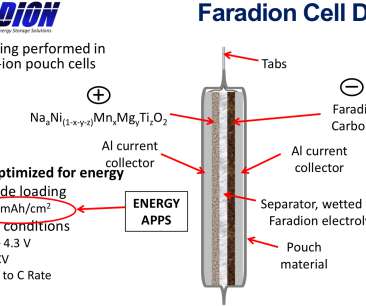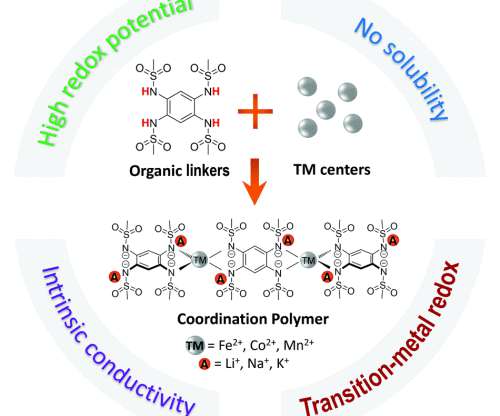Researchers identify AsC5 as promising anode material for sodium-ion batteries
Green Car Congress
JULY 31, 2023
Researchers at Northeastern University in Shenyang, China, have identified a novel carbon arsenide (AsC 5 ) monolayer as a promising anode material for sodium-ion batteries (NIBs). A paper on their work is published in Journal of Power Sources. —Lu et al. 2023.233439























Let's personalize your content